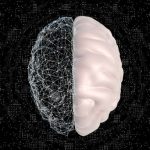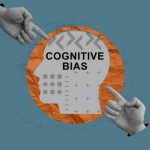Imagine stepping into your favorite video game world, weaving through its intricate landscapes, and using these locations to store and recall information. This concept, known as the Memory Palace technique, has garnered interest in recent years. As technology evolves, people are keen to explore innovative methods for cognitive enhancement. So, can I use video games …
Continue reading “Can I Use Video Games As Memory Palaces? Unveiling A Novel Mnemonic Tool “










